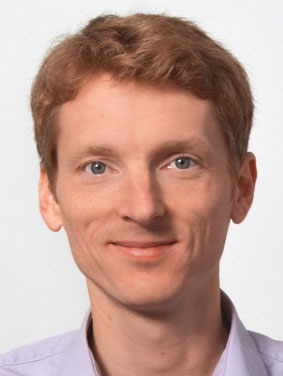A5 The Correlation Energy of Many-Body Fermi Systems
Project Leaders



Prof. Dr. Christian Hainzl, Prof. Dr. Phan Thành Nam, Prof. Dr. Robert Seiringer
Researchers
Cornelia Vogel, Riccardo Panza
Summary
One of the main problems in mathematical quantum mechanics is to precisely understand the collective behavior of highly correlated many-body systems. This project will focus on the correlation energy of Fermi systems, a concept introduced by Wigner in the context of ground state properties of crystals in the thermodynamic limit. For fermions, it is defined as the difference between the ground state energy of the many-body state and the energy of the non-interacting Fermi sea state. The calculation of this quantity requires a detailed understanding of the many-body ground state of the system that goes beyond Hartree–Fock approximations. We are interested in both high- and low-density regimes, which describe physically quite distinct situations, but share some of the emerging mathematical structures. Two longstanding open problems will be addressed: the rigorous derivation of the leading-order asymptotics of the correlation energy of jellium at high density, and the proof of the Huang–Yang formula for the ground state energy of the low-density Fermi gas with short-range repulsive interactions.
The main tool will be a rigorous implementation of the ideas of Bogolubov theory for Fermi systems, and refinements of it. Bogolubov theory has played an important role in recent developments on bosonic systems and is also a central theme of the A4 project, whose progress will strongly influence the present project. In brief, the main idea of the Bogolubov approach is to find suitable unitary operations that encode the expected many-body ground state correlations. The main difficulty in the context of this project arises from the fact that one is only concerned with quasi-bosons consisting of a pair of fermions, one inside and one outside the Fermi sea. However, recent progress on fermionic mean-field systems, obtained in works where the PIs have been heavily involved, paves the way towards the ultimate aims of this research project, with clear intermediate goals on the way towards understanding high-density jellium. As for the low-density limit, the analysis will benefit from recent advances on bosonic systems, also with the participation of the PIs. Here, we mainly focus on the ground state problems, but the techniques developed in the present project will be helpful for the dynamical problems in the B1 project on the norm approximation of the many-body dynamics and the B2 project on the derivation of quantum kinetic equations.

